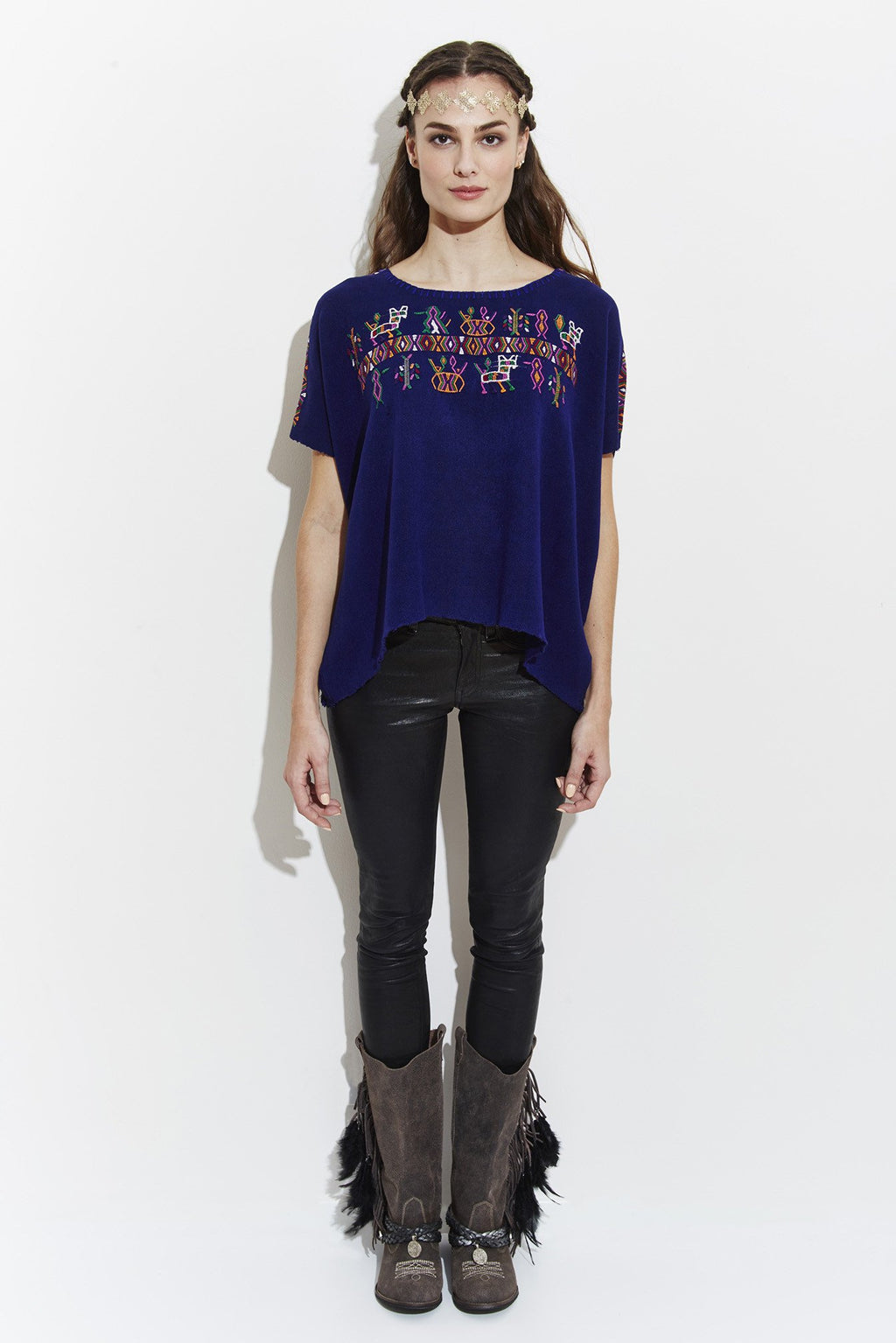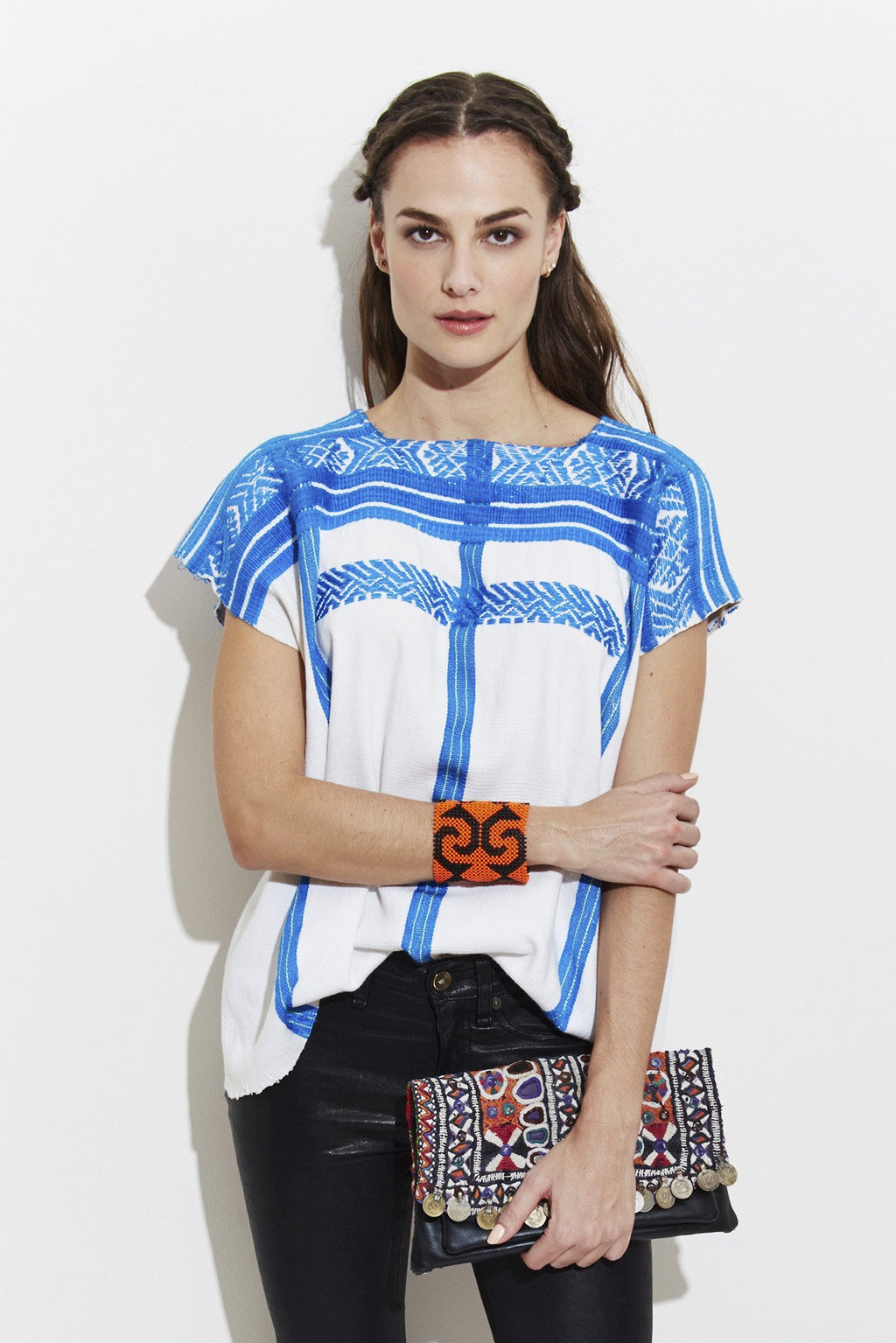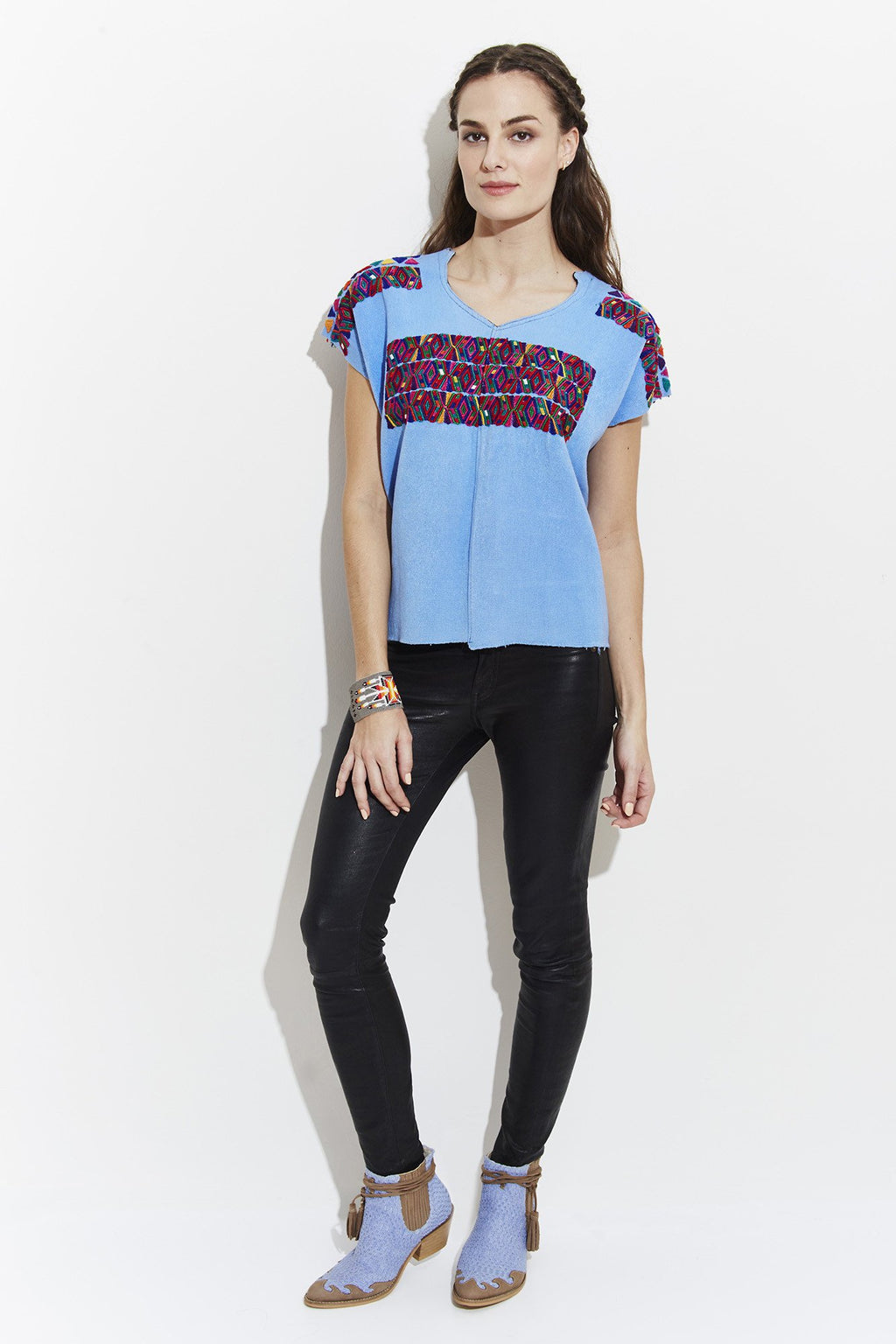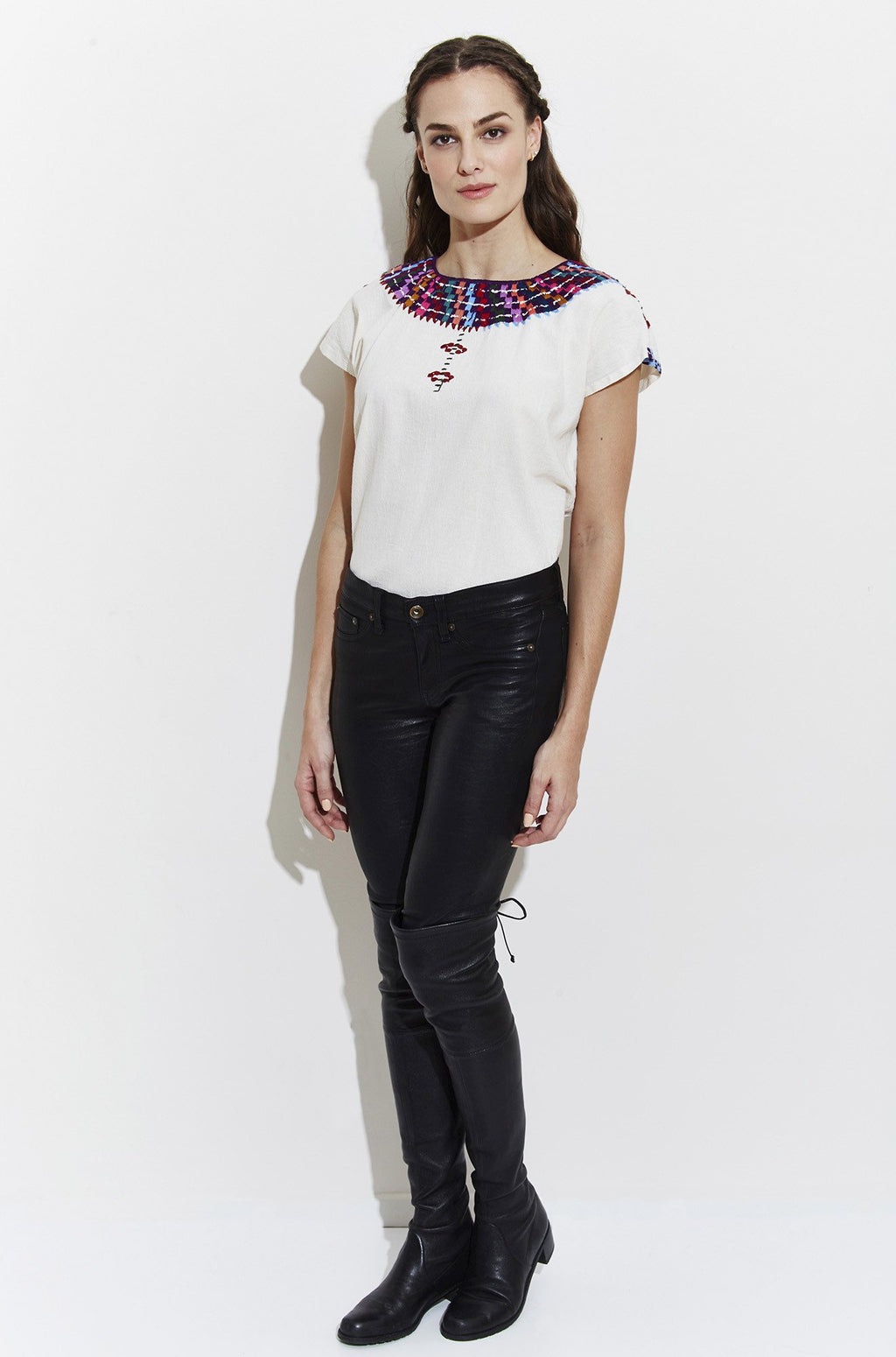MAYANS
NOMADIC SERIES
NEW YORK ---> GUATEMALA
At the time, the only direct flight from NY to Guatemala City was United Airlines from Newark Airport, the flight duration is 5h 25m.
We arrived at Guatemala City Friday night, and drove strait to Antigua Guatemala (aprox. 1hr drive).
ANTIGUA GUATEMALA
The city is small, 3 or maybe 2 days are enough to see everything. We heard that the shops in Antigua are more expensive than Chi Chi Market, so only buy what you really like, beacuse it is cheaper at the Market. Everything is walking distance, you can easily find the shops.


LAKE ATITLAN
If you can, it is nice to rent a boat and go to the mayan villages around Lake Atitlan. This is a real immersion in the mayan culture and you will be the witness of the life style of the mayan people and the old technic to get or make textile with nature. Santiago Atitlan • Panajachel • San Juan La Laguna


At San Juan La Laguna there is a tour where you are going to see how they make their fabrics and dye it with plants or insects. Totally worth it!
CHICHI MARKET
The drive from Lake Atitlan to Chichi Market is approximately 2hs. The market is located in Chichicastenango, a large indigenous town lying on the crests of mountaintops at an altitude of 1,965 m (6,447 ft). As of 2012, 98.5% of the municipality's population is indigenous Mayan K'iche.
ChiChi Market days are Thursdays and Sundays. You are going to find huipils, jackets, fabrics, handicrafts, jade, food, flowers, pottery, wooden boxes and etc.


HUIPIL
is the Spanish word for the traditional blouses worn by Mayan women for many centuries. They are still prominent in Guatemala and a few other Latin American cultures today.
Clothing is of great cultural significance to the Mayan, and the huipil is the most prevalent part of a woman’s traditional dress. The weave or design of each huipil can identify her individual personality and the village she is from, as well as her marital, social, wealth, and religious status. It is a sign of respect to wear a huipil design from another community when visiting their village, but it is not common to wear others’ designs within one’s own village.
Guatemalan women have hand-woven their clothing on a back strap loom for centuries and pass along the tradition through the years. The process is called brocade, which is different than embroidery where the colored threads are stitched into the completed garment. The weaver sometimes will use natural dyes, such as flowers, plants, insects, bark, or berries but has recently introduced rayon and silk materials into some of the textiles.
When a huipil is finished it is a work of art and can sometimes take months to complete. If it is made well it can last up to 30 years or so and often times will be recycled into a handbag, quilt or other type of craft and sold at market after it has been worn.
Artisans in Guatemala make and sell huipils to help to support their families and improve their living conditions, but they are also an important part of culture and are worn widely among the natives of Guatemala. They will continue to reflect femininity, identity, and tradition through generations.






GUATEMALA
Mayan Huipil Blouse
- Regular
- $75.00
- Sale
- $75.00
- Regular
-
- Unit Price
- per
GUATEMALA
Mayan Huipil
- Regular
- $60.00
- Sale
- $60.00
- Regular
-
- Unit Price
- per
GUATEMALA
Mayan Huipil Blouse
- Regular
- $75.00
- Sale
- $75.00
- Regular
-
- Unit Price
- per
GUATEMALA
Cherish Blouse
- Regular
- $68.00
- Sale
- $68.00
- Regular
-
- Unit Price
- per
Showing items 1-4 of 4.











